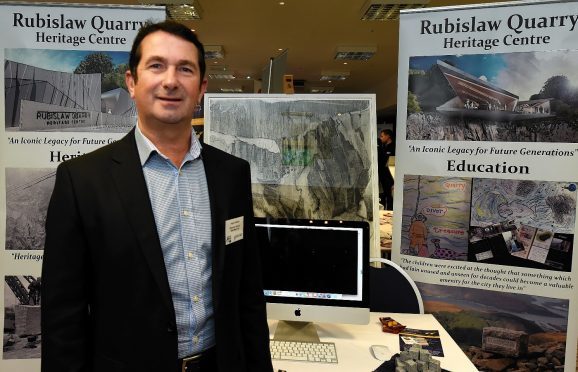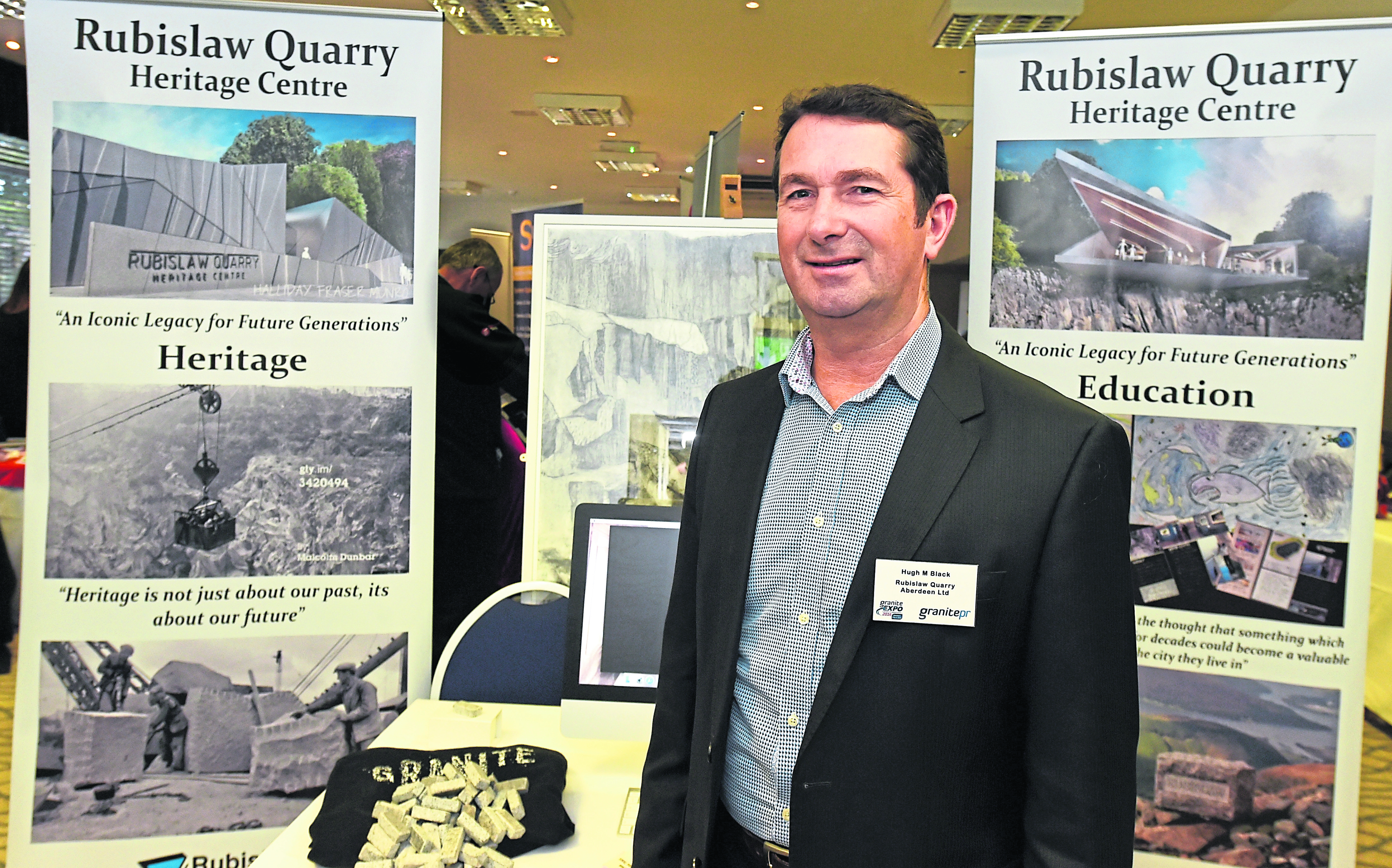The man behind ambitious plans to develop a tourist attraction at Aberdeen’s Rubislaw Quarry has hinted at a “Plan B” after his planning permission expired.
Permission was originally granted for Hugh Black’s £6 million scheme for a heritage centre celebrating the history of the quarry in December 2015, despite concerns for a number of trees on the site.
Mr Black, who bought the site with business partner Sandy White in 2010, had to apply to the powerful lands tribunal to vary conditions to allow for his dream.
This was refused last January and now, three years later, the original planning permission from the council has lapsed.
But last night Mr Black vowed to go back to the drawing board and hinted that a new plan will be revealed next year.
In a statement last night he wrote: “We have taken a decision not to renew our existing consent until we have the necessary permissions in place that will allow us to develop the site for the sole purpose of a granite heritage centre.
“We will be much better prepared, should we decide to take our project back to the Lands Tribunal for Scotland and would be confident of a positive decision next time around.
“However, we have a Plan B for 2019 that we are looking at which will give the thousands of supporters of this project the opportunity to be part of our journey and help deliver a unique opportunity for the Granite City.”
Under Mr Black’s original plan, around 120ft of water would be drained from the deep, lake-like puddle that is now there and a new building featuring a conference centre, restaurant and museum erected.
However a war of words developed with Canadian developers Carterra, who want to build 299 flats on the northern edge of the site. The £68 million plan was refused by the council’s planning committee in July.
Carterra has appealed the decision to the Scottish Government. Planning officers had recommended approval of the scheme.
Local councillor Martin Greig said: “Many people supported the heritage centre as a valued educational and cultural resource of benefit to the city and the region.
“They will be sorry to know this is not going ahead but the project was probably not realistic.”
Europe’s largest man-made hole
Much of the iconic granite that has formed Aberdeen’s cityscape and even some of the UK’s most famous buildings has been gathered at Rubislaw Quarry.
Once Europe’s largest man-made hole, many buildings in Aberdeen are made from the iconic stone – giving the lasting nickname “the Granite City”.
First opened in 1740, some six million tonnes were excavated until its closure in 1971 and granite from Rubislaw was used in the likes of the Forth Bridge, Waterloo Bridge and the Houses of Parliament.
Business partners Sandy Wallace and Hugh Black bought the site and then announced their ambitious £6million heritage centre plans.
>> Keep up to date with the latest news with The P&J newsletter
However the original consent for the site complicated matters and Mr Black appealed to the Lands Tribunal for Scotland to vary the conditions for his land at the southern part of Rubislaw Quarry to allow him to build a £6million heritage centre and tourist attraction.
But during the tribunal, rival developers Carttera – who hope to build a £68million, up to 10-storey development including 300 flats on the northern edge of the quarry – objected to Mr Black’s plans.
They said the proposed attraction could have a negative impact on the value of Carttera’s flats.
Mr Black lost the appeal, although judges described the proposed heritage centre as “bold and imaginative” and acknowledged it may bring public benefits.

